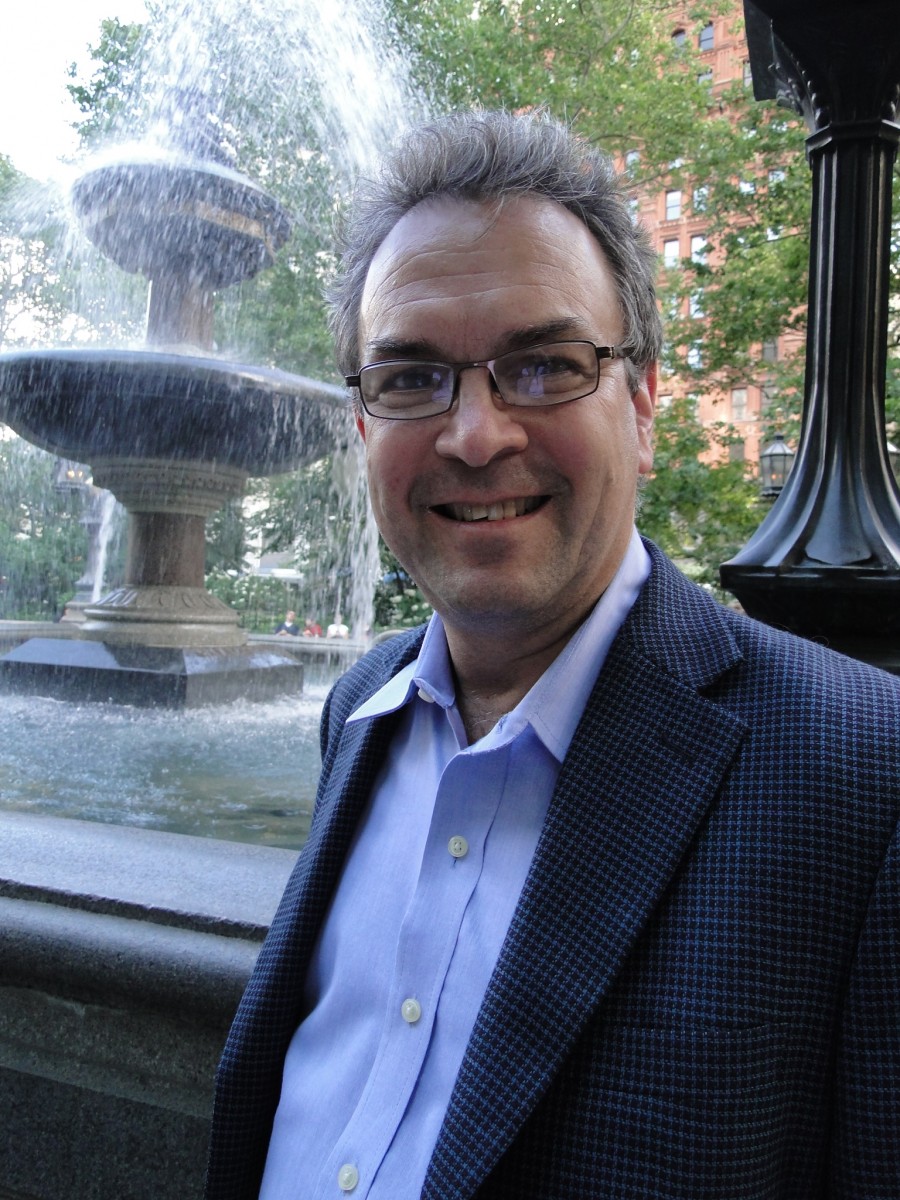Before he decided to become an architect, Rick Bell wanted to become a writer. Halfway through college, partly from the influence of the faculty and partly from his travels through Europe, he changed his mind.
“What I realized subsequently, and not so much at the time, is that I have been drawing buildings since I was a little kid,” Bell said.
When Bell, a native New Yorker, was 19 he saved up enough money for school working a delivery job and used the rest of it to travel to France and hitchhike across Europe. He went as far as Fes in Morocco.
“It was paradise. Such a beautiful city, still is,” said Bell. “It was the city of Fes, I think, more than Paris, much as I love it, that led me to think that architects and architecture can be transformative and help people live their lives.”
When it comes to New York City, Bell believes the mish-mash of architectural styles is representative if not essential.
“It can be really sad when everyone is the same culturally, ethnographically, [and] politically,” said Bell.
As for the buildings, Bell evoked walking by the Empire State building on Fifth Avenue, where four- and eight-story buildings stand in contrast to what used to be the world’s tallest building. The same is true for the other boroughs. Bell has lived and worked in each one.
“The difference between them [the buildings] is extraordinary, but taken as a whole, New York has everything,” said Bell.
Of the lesser known buildings, Bell’s favorites include the restored building for the ACS Children’s Center, the New Museum of Contemporary Art, the Standard Hotel, Shake Shack in Madison Square Park, and the Whitehall Ferry Terminal. New York’s green buildings are on his top list as well: the Solaire, the Conde Nast Tower, and One Bryant Park are among a few.
“Those are sort of the top of my list, not because environmentalism is a good thing, but they actually did influence other buildings in New York and other buildings around the world,” said Bell.
As for the future of green building and what technologies will lead the way, Bell believes that government funding is the determining factor. If the presidential election results in a candidate that will support infrastructure development in the city, things will keep moving forward. If top leadership clamps down on resources, the development will be crippled.
In New York, three-quarters of the energy is used by buildings, thus a more efficient building means a greener city.
“If buildings were more efficient, not just the new ones, but the older ones as well, carbon emissions and energy use would go down and, it sounds simplistic to say, the world would be a better place,” said Bell.







